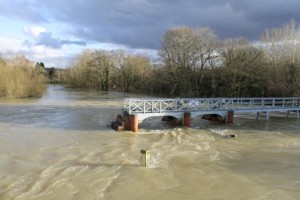If you’ve recently put a call into your insurance company regarding a claim re flooding or water damage, then now is the time to take a closer read through your policy.
Often your insurance policy usually allows you to appoint your own Chartered Building Surveyor to project manage reinstatement works – on your behalf.
For example; a typical Aviva policy wording states “…If we accept a claim under The Buildings we will also pay for the following: a. Architects’ and surveyors’ fees to repair the buildings. These fees must not be more than those recommended by the relevant professional institutes…”
In our experience, victims of flood damage are often further stressed-out by the reinstatement process; having to deal with overworked, under resourced insurance loss adjusters and their equally overstretched (sometimes less qualified) in-house surveyors. At a time when many properties are affected, often these individuals are difficult to contact and do not have adequate time to devote to their clients.
RMA Surveyors Ltd are professionally qualified, RICS Regulated and experienced in flood reinstatement works. We never take on more work than we can manage. We will provide you with peace of mind and ensure your property is returned back to normal as swiftly as possible. We will liaise directly with your loss adjuster, so you don’t have to.
If you are unfortunate enough to have suffered from flooding and feel a little overwhelmed as to how you will get your property back to normal please contact us.










